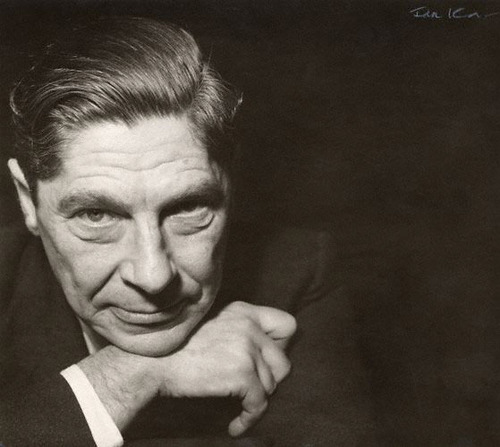He is a popular author who has written in the categories of Study and History of Science: Who is Arthur Koestler?
In his research called 13. Tribe, he put forward the argument that Ashkenazi Jews are Khazar Turks who have disappeared from the stage of history. This argument is still debated in scientific circles. He also wrote articles for the Encyclopedia Britannica.

He was born on September 5, 1905 in Budapest. The family immigrated to Vienna when his father, a businessman, went bankrupt in the First World War. He started to study engineering at the Vienna Polytechnic University in 1922, but had to drop out because he could not pay his tuition. He went to Palestine to work in 1926. He came to Berlin in 1927 and started working as the secretary of the Revisionist Party. He worked as a Middle East correspondent for various newspapers.
He became a member of the Communist Party of Germany in 1931. In 1936 he visited Franco's headquarters to observe as a journalist in the Spanish Civil War.
Arthur Koestler (5 September 1905 – 1 March 1983) was a Hungarian-born author and journalist. Koestler was born in Budapest and, apart from his early school years, was educated in Austria. In 1931, Koestler joined the Communist Party of Germany, but he resigned in 1938 after becoming disillusioned with Stalinism.
In 1937, he was caught by the nationalists in Spain and sentenced to death. He escaped by being exchanged for an important person who was taken hostage by the pro-system. He described his experiences here in his book Dialogue with Death.
In 1937, he published an autobiographical book called Diary of Death in Spain. He resigned from the Communist Party in 1938. He wrote Gladiators that same year. He was sent to a concentration camp during the Second World War and remained there until he was released in 1940 under pressure from the British government.
In 1941, his best-known work, Darkness at Midday, was published. In the same year, his autobiography book Scum of the Earth was published. After the war, he settled in England. In 1942, he started working on propaganda broadcasts and films at the Ministry of Intelligence. Meanwhile, he wrote Arrivals and Departures. In 1944 he went to Palestine for The Times and collected material for Thieves in the Night. He went to the USA in 1948. On his return, he was in Israel as a journalist to watch the war between the newly established state of Israel and neighboring Arab countries.
He published his novel Spartacus in 1951. One of his two-part autobiography works, Arrow in the Blue: The First Volume of an Autobiography, in which he tells the years 1905-1931; The Invisible Writing: The Second Volume of an Autobiography, covering the years 1932-1940, was published in 1954.
Meanwhile, he received the long-awaited British citizenship. He was elected to the Royal Society of Literature, a prestigious literary institution, in 1960. Apart from autobiography and novel genres, the author, who has over thirty non-fiction works, including The 13th Tribe and The Sleepwalkers, was awarded the Sonning Award in 1968. He was diagnosed with Parkinson's in 1976 and leukemia in 1980.
He ended his life by committing suicide with his wife on March 1, 1983, at his home in London. His autobiography, Stranger on the Square, which he wrote with his wife Cynthia Koestler, was published after his death in 1984; His novel Die Erlebnisse des Genossen Piepvogel in der Emigration (The Exile of Comrade Piepvogel), which he wrote in 1934, was published in 2013.
